Argonne physicist Michael Kelly loads a superconducting cavity into a large furnace. (Photo: ANL)
Argonne National Laboratory said it has secured just over $10 million from the Department of Energy’s Advanced Research Projects Agency–Energy (ARPA-E) for two research projects investigating the transmutation of spent nuclear fuel into less radioactive substances.
Deep Isolation’s Universal Canister System. (Photo: Deep Isolation)
Nuclear waste disposal technology company Deep Isolation announced it has successfully completed Project PUCK, a government-funded initiative to demonstrate the feasibility and potential commercial readiness of its Universal Canister System (UCS) to manage TRISO spent nuclear fuel.
INL’s Hot Fuel Examination Facility. (Photo: INL)
An agreement signed by the state of Idaho and the U.S. Department of Energy will open the way for a single cask of high-burnup spent nuclear fuel to be shipped from Dominion Energy’s North Anna nuclear power plant in Virgina to Idaho National Laboratory for research purposes.
Deep Isolation’s Rod Baltzer and Deep Fission’s Elizabeth Muller. (Photo: Deep Fission)
Nuclear start-ups Deep Fission and Deep Isolation will collaborate on the management of spent nuclear fuel from Deep Fission’s advanced underground reactors under a memorandum of understanding signed by the companies.
The U.S. Supreme Court. Front row, from left: Associate Justice Sonia Sotomayor, Associate Justice Clarence Thomas, Chief Justice John G. Roberts, Jr., Associate Justice Samuel A. Alito, Jr., and Associate Justice Elena Kagan. Back row, from left: Associate Justice Amy Coney Barrett, Associate Justice Neil M. Gorsuch, Associate Justice Brett M. Kavanaugh, and Associate Justice Ketanji Brown Jackson. (Photo: Fred Schilling, Collection of the Supreme Court of the United States)
The U.S. Supreme Court heard oral arguments on Wednesday in the Nuclear Regulatory Commission’s licensing of Interim Storage Partners’ consolidated interim storage facility in Andrews County, Texas. Both the NRC and ISP petitioned the Supreme Court to review a decision by the 5th Circuit Court of Appeals that invalidated the NRC-granted license for the facility. Those two cases were consolidated into one, NRC v. Texas, which was heard by the court.
The Oyster Creek ISFSI. (Photo: Holtec International)
The Tax Court of New Jersey has ruled that Oyster Creek’s spent nuclear fuel storage casks are subject to taxation as real property.
Concept art of the Forsmark geologic repository for spent nuclear fuel in Sweden. (Image: SKB)
The Swedish Nuclear Fuel and Waste Management Company (Svensk Kärnbränslehantering AB, or SKB) broke ground on its spent nuclear fuel repository near the Forsmark nuclear power plant on January 15. SKB, which is owned by Sweden’s nuclear power plants, expects the final repository will be ready for disposal in the 2030s, and will be fully extended in the 2080s.
DeepGeo’s Laura Salonga and Copenhagen Atomics’ Thomas Jam Pedersen at the signing of a collaboration agreement in New York. (Photo: DeepGeo)
DeepGeo, a Rhode Island–based company seeking to develop multinational spent nuclear fuel repositories, and Denmark-based thorium reactor developer Copenhagen Atomics have signed a collaboration agreement that will see the companies work together on the management of nuclear fuels and waste streams associated with a thorium breeder reactor.
The Philippsburg interim storage facility in Germany. (Photo: BGZ)
Orano completed the 13th and final rail shipment of vitrified high-level nuclear waste from France to Germany. The company announced that the four casks of vitrified HLW arrived at Germany’s intermediate storage facility at Philippsburg in the early evening of November 20.
The Diablo Canyon ISFSI cask loading team from Holtec, PG&E, and Diablo Canyon. (Photo: Holtec)
Holtec International announced that it has completed the campaign to transfer Diablo Canyon’s spent nuclear to dry storage ahead of its planned schedule, paving the way for the continued operation of the central California nuclear power plant.
Rendering of the Forsmark geologic repository for spent nuclear fuel in Sweden. (Image: SKB)
Sweden’s Land and Environmental Court has granted the Swedish Nuclear Fuel and Waste Management Company (Svensk Kärnbränslehantering AB, or SKB) an environmental permit to build and operate a geologic repository for the country’s spent nuclear fuel near the Forsmark nuclear power plant, about 86 miles north of Stockholm. The permit also includes the building of a spent fuel encapsulation plant at the central interim storage facility for spent nuclear fuel at Oskarshamn, about 200 miles south of Stockholm.
Work crews at the INL Site prepare to move Peach Bottom fuel from a transfer cask to a storage vault. (Photo: DOE)
Crews at the Department of Energy’s Idaho National Laboratory Site recently completed work to transfer baskets of spent nuclear fuel ahead of a September 30 deadline.



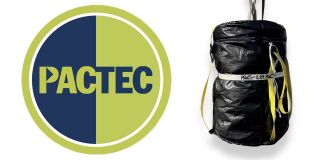


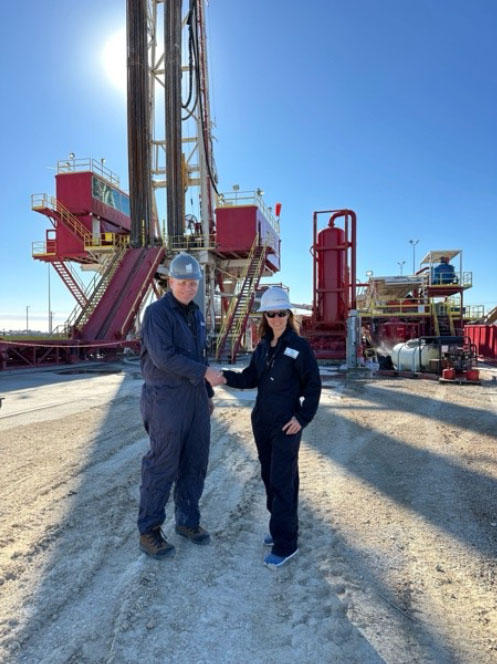.jpg)


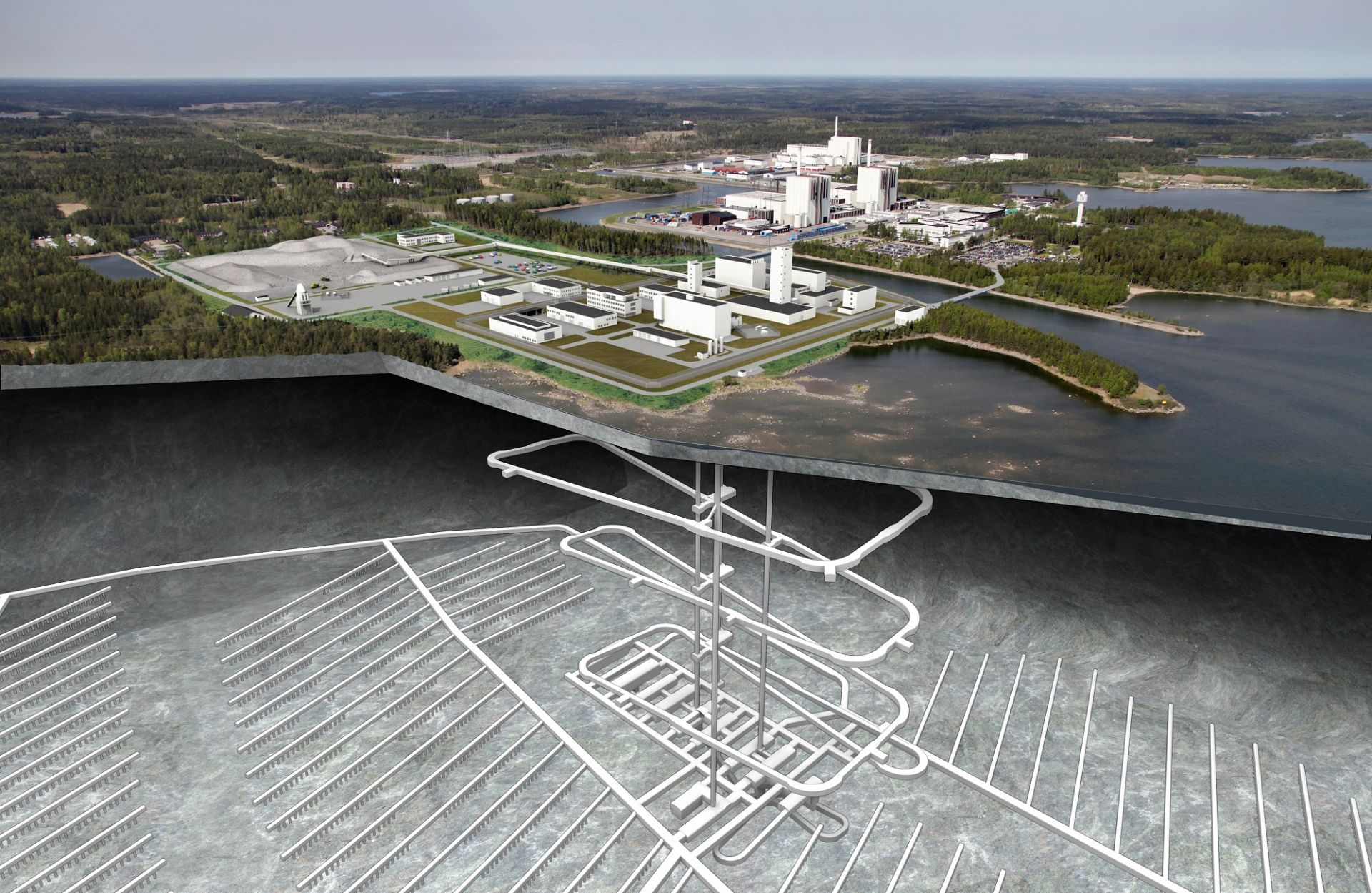

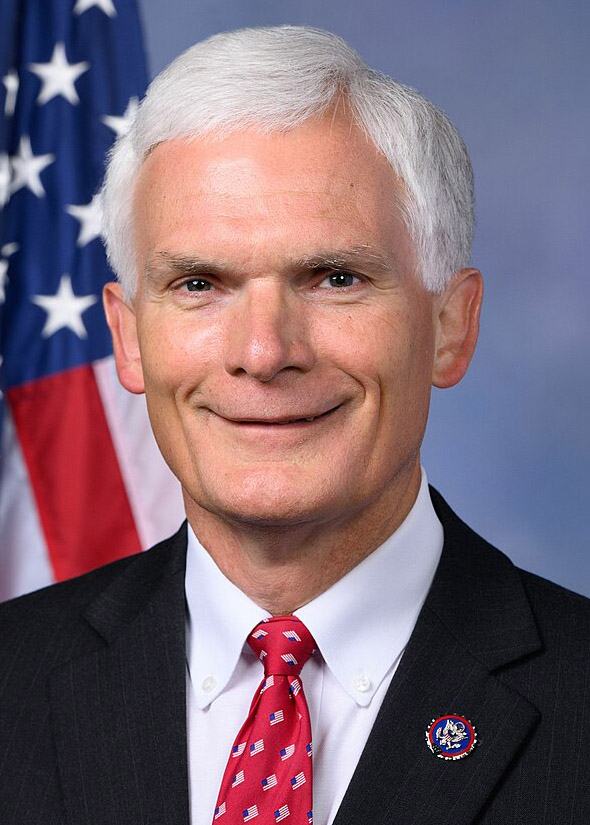

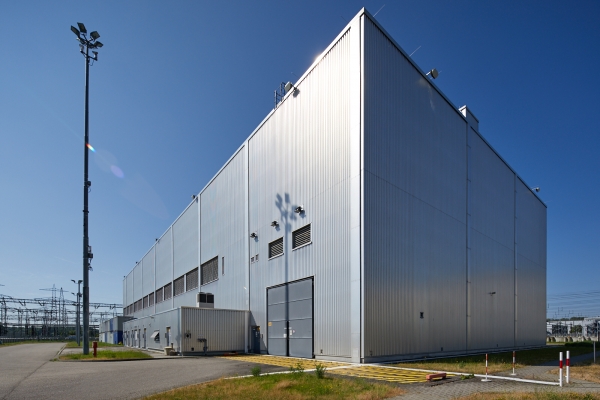





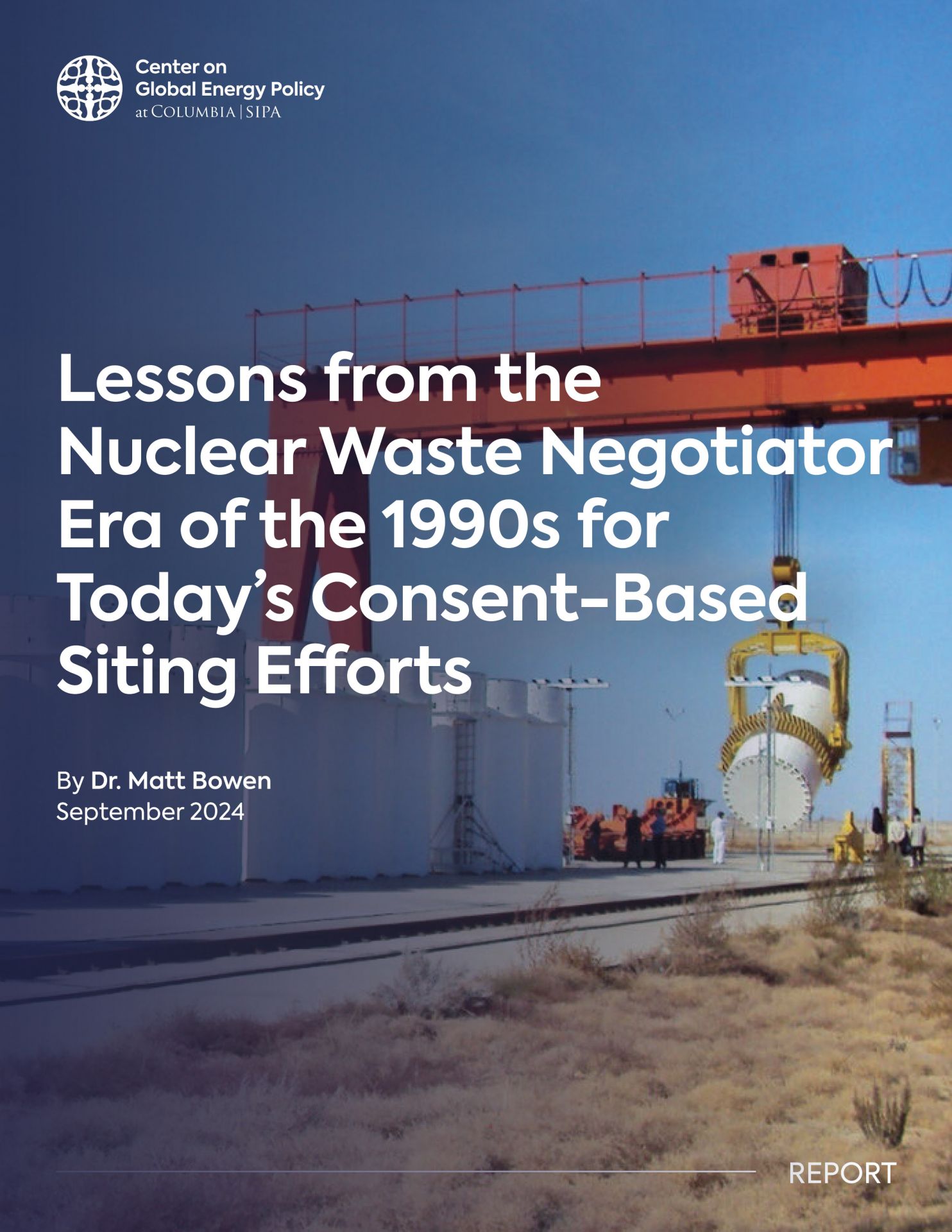 As the Department of Energy embarks on its consent-based process for siting a geologic repository for spent nuclear fuel and high-level radioactive waste, a new report from the Center on Global Energy Policy at Columbia University SIPA highlights relevant lessons from the federal government’s now defunct Office of the Nuclear Waste Negotiator.
As the Department of Energy embarks on its consent-based process for siting a geologic repository for spent nuclear fuel and high-level radioactive waste, a new report from the Center on Global Energy Policy at Columbia University SIPA highlights relevant lessons from the federal government’s now defunct Office of the Nuclear Waste Negotiator.